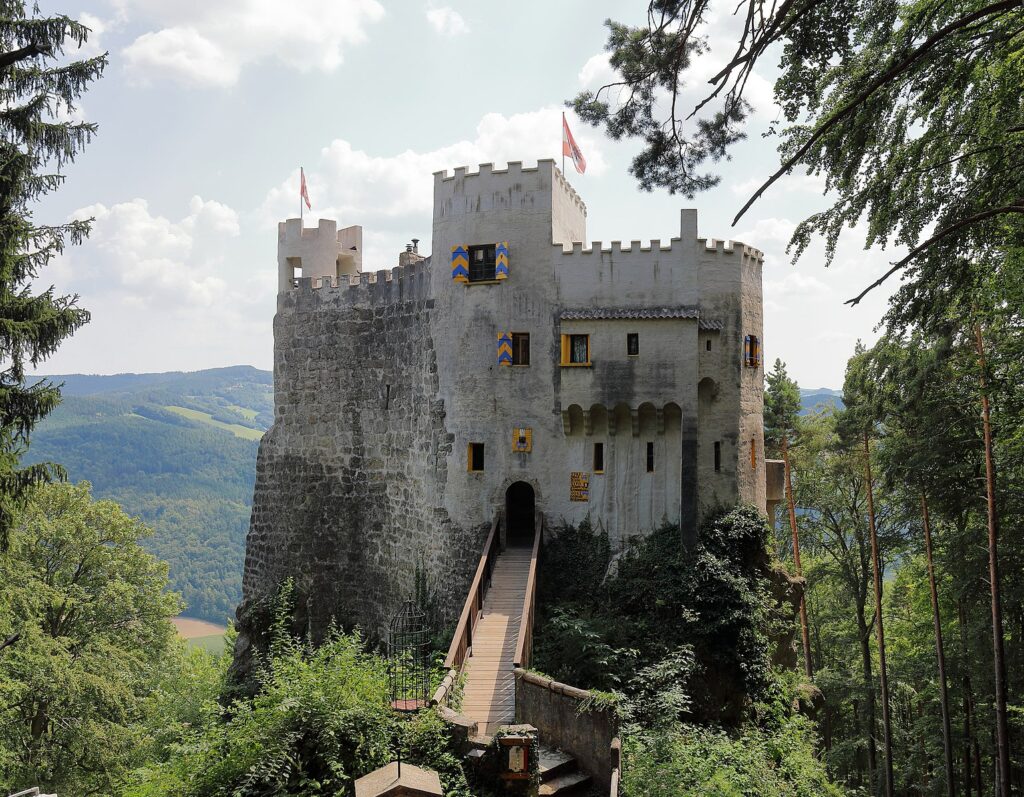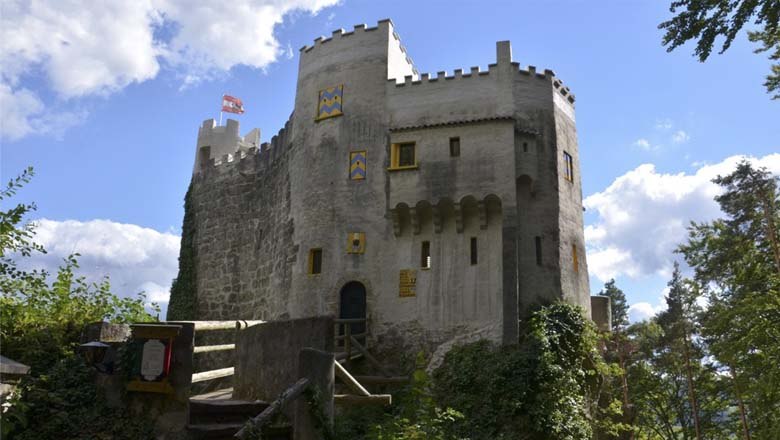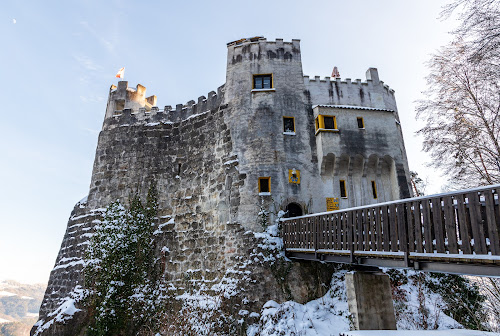Grimmenstein Castle: History, Legends, and Visitor Information

Grimmenstein Castle, located in Lower Austria, is a historic fortress that offers a fascinating glimpse into the medieval era. Perched on a hilltop, the castle overlooks the charming village of Grimmenstein and provides stunning views of the surrounding countryside.
Historical Overview
Dating back to the 12th century, Grimmenstein Castle was part of a network designed to protect the region from invasions. Its architecture reflects Romanesque, Gothic, and Renaissance influences, showcasing the evolution of styles over time. The castle served as a noble residence and military stronghold throughout its history.

Architectural Highlights
One of the most notable features is the imposing keep, which offers panoramic views of the lush landscapes below. The castle chapel, adorned with Gothic frescoes and stained-glass windows, is a highlight for visitors interested in medieval art. The courtyard, once the center of daily life, now hosts events and reenactments, bringing history to life.
Legends and Mysteries
Grimmenstein Castle is rich in folklore, with tales of hidden treasure and the ghostly White Lady of Grimmenstein, who is said to roam its halls. These legends add an air of mystery and intrigue to the castle’s storied past.
Visiting Grimmenstein Castle

The castle is open to the public, offering guided tours that explore its history and architecture. Visitors can explore rooms such as the great hall, armory, and dungeons, each offering a unique glimpse into the past. The castle also hosts cultural events, including medieval festivals and concerts.
Nearby Attractions
The surrounding area is filled with natural beauty and cultural sites. Visitors can explore the village of Grimmenstein or hike the scenic trails. Nearby castles, like Burg Seebenstein, offer additional historical insights.
Conclusion
Grimmenstein Castle is a must-visit destination for anyone interested in history and architecture. Its blend of real and legendary stories continues to captivate visitors, making it a memorable part of Austria’s rich cultural heritage.